Safe Medication Disposal
An estimated 40% of medications go unused, but what do you do with medications that you no longer want or…
more.Every day, millions of Americans turn to over-the-counter medications to treat their pain, colds, fevers, stomach upset, and more. But these same medications can cause harm if they aren’t taken safely. These resources walk viewers through:
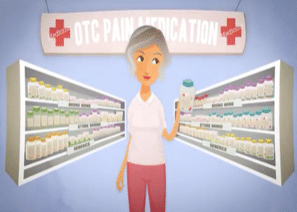
Tens of millions of Americans reach for over-the-counter (OTC) medications for relief of minor aches and pains. But just because they’re OTC doesn’t mean they’re harmless. And with more than 1,000 acetaminophen and NSAID (non-steroidal anti-inflammatory drug) containing medications, choosing the right medication can seem overwhelming. This short film will guide you in choosing the medication that’s right for you or your loved one, and give tips on taking them safely. Download this film.
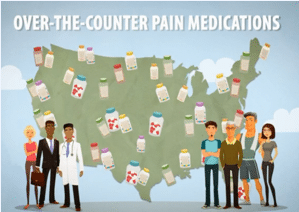
Once you choose an over-the-counter (OTC) pain medication that’s right for you or a loved one, it’s important to store it safely. Watch this film to learn where to store your meds, how to keep them Up and Away and Out of Sight of young children, how to prevent misuse, and what to do when you no longer need the medication. Download this film.
These films have been made available in shorter segments–or chapters–giving quick access to the numerous important topics covered in the films.
The full films and chapters have also been translated into Spanish. These films were produced with support from Johnson & Johnson Consumer, Inc. Educational PSAs have also been produced from these films. View the 30-second and 60-second English PSAs and the 30-second Spanish PSA.
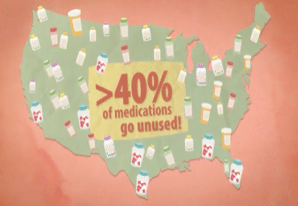
An estimated 40 percent of medications sold end up unused. But what do we do with medications that we no longer want? This film offers viewers a simple step-by-step guide on safe disposal including: how to dispose of medications at home in three simple steps, why certain medications must be flushed, tips on where to dispose of medications outside the home, and how to keep personal information safe. Download the film.

The AAC is made up of leading health, healthcare provider, and consumer organizations who are educating consumers and patients on the importance of knowing the ingredients in their medicines and following labeling directions to prevent unintentional acetaminophen overdose. Visit KYD.org to get more facts, play a game on safe acetaminophen use, and order free materials.
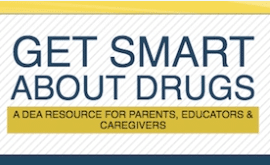
A resource from the US Drug Enforcement Agency, Get Smart About Drugs has information for patients, educators, and caregivers including true stories, statistics, the consequences of drug abuse, and more. A tip sheet offers answers to some common questions about drug disposal.

The National Council on Patient Information & Education is a non-profit, multi-stakeholder coalition working to stimulate and improve communication of information on the appropriate use of medicines to consumers and healthcare professionals. The NCPIE website is full of great tools including MUST for Seniors, Talk Before You Take, Acetaminophen Safe Use programs, and more.
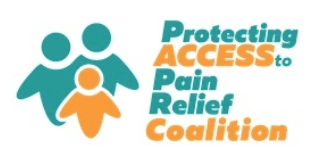
The mission of the PAPR Coalition is to advocate for public policy to support access to and choice of appropriate OTC pain relief, while educating the public about the responsible use of acetaminophen. The PAPR site provides key facts and headlines on protecting access to pain relief.

The Food and Drug Administration’s Safe Use Initiative aims to create and facilitate public and private collaborations within the healthcare community and reduce preventable harm from medications. Visit their website for an in-depth view of their initiatives.
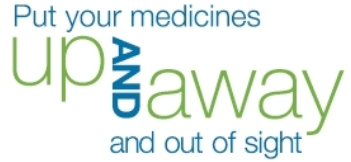
Every year, around 60,000 young children are brought to the ER because they got into medicines that were left within reach. The Up and Away and Out of Sight program is a partnership with Protect, the Centers for Disease Control & Prevention, and CHPA Educational Foundation, and is educating parents, grandparents, and caregivers on how to keep the children in their life safe from accidental medication poisoning.
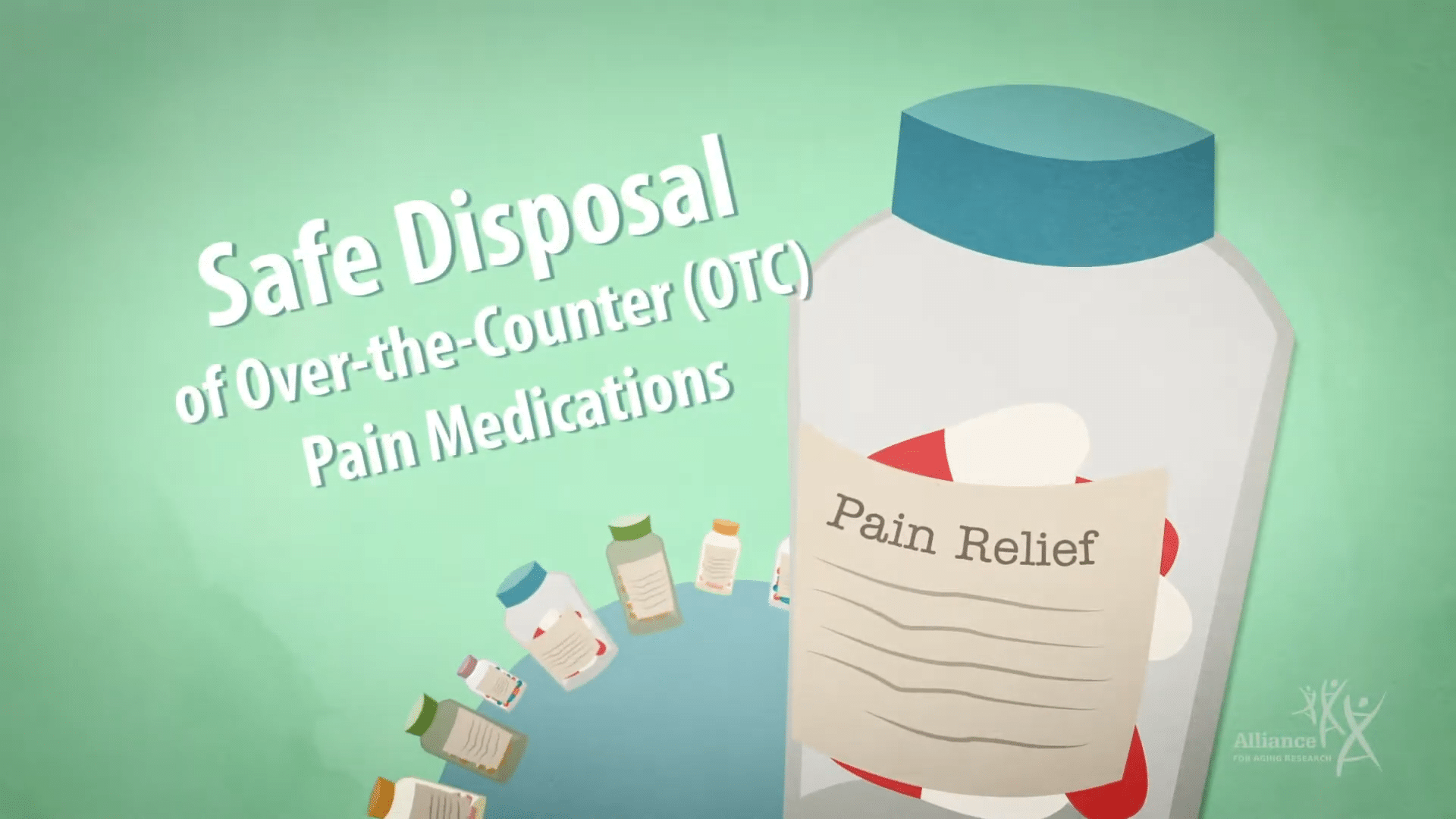
An estimated 40% of medications go unused, but what do you do with medications that you no longer want or…
more.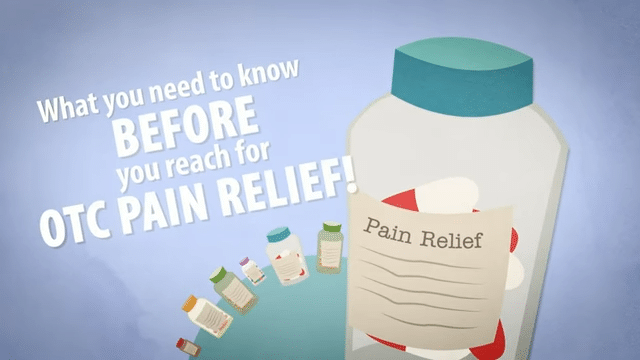
Tens of millions of Americans reach for over-the-counter (OTC) medications for relief of minor aches and pains. But…
more.
Once you choose an over-the-counter (OTC) pain medication that’s right for you or a loved one, it…
more.Sign up for our monthly e-mail newsletter for the latest information on
scientific research on aging and health.